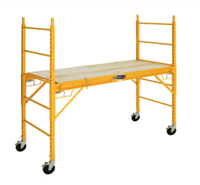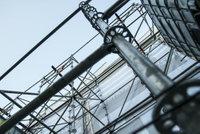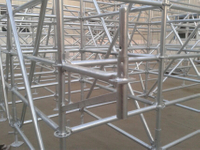Content Menu
● What Is Cuplock Scaffolding?
● Why Consider Used Cuplock Scaffolding?
● Can Used Cuplock Scaffolding Be Certified for Safety?
● Inspection and Testing Process for Used Cuplock Scaffolding
>> 1. Visual Inspection
>> 2. Dimensional and Material Verification
>> 3. Load Testing (If Applicable)
>> 4. Documentation Review
● Relevant Safety Standards and Regulations
● Role of Competent Persons in Certification
● Common Issues Found in Used Cuplock Scaffolding and Their Impact on Certification
● Best Practices to Ensure Used Cuplock Scaffolding Passes Certification
● Conclusion
● FAQ
>> 1. Can used cuplock scaffolding be certified safe for use?
>> 2. Who can certify used cuplock scaffolding?
>> 3. What defects disqualify used cuplock scaffolding from certification?
>> 4. How often should used cuplock scaffolding be inspected?
>> 5. Are there standards specific to used scaffolding certification?
The use of used cuplock scaffolding is a common practice in the construction industry due to its cost-effectiveness and durability. However, safety remains a paramount concern, and many ask: Can used cuplock scaffolding be certified for safety? This article provides an in-depth analysis of the certification process, inspection requirements, safety standards, and best practices to ensure that used cuplock scaffolding is safe and compliant for use on construction sites.
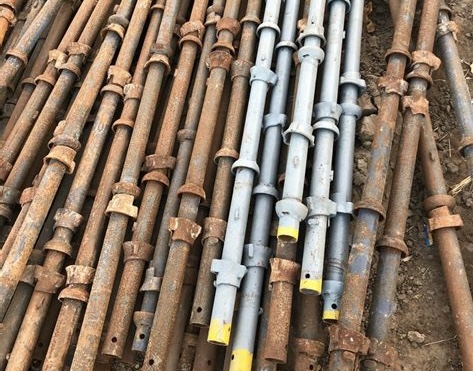
What Is Cuplock Scaffolding?
Cuplock scaffolding is a modular scaffolding system distinguished by its unique node-point locking device. Vertical standards have fixed lower cups welded at 0.5m intervals and sliding upper cups that lock horizontal ledgers and braces securely in place with a simple twist or hammer blow. This system allows up to four horizontal members to connect at a single node, enabling rapid and versatile assembly.
Why Consider Used Cuplock Scaffolding?
- Cost Efficiency: Used scaffolding significantly reduces capital expenditure.
- Durability: Cuplock systems are manufactured from high-quality steel with hot-dip galvanizing, ensuring long life.
- Availability: Used components are often readily available for immediate procurement.
- Sustainability: Reusing scaffolding reduces environmental impact.
Can Used Cuplock Scaffolding Be Certified for Safety?
Yes, used cuplock scaffolding can be certified for safety, provided it undergoes rigorous inspection and testing to ensure it meets all relevant safety standards. Certification is a formal declaration by a competent authority that the scaffolding is safe for use.
Key Points on Certification:
- Certification applies to the assembled scaffold structure as well as individual components.
- It requires inspection by a competent person trained and authorized to assess scaffolding safety.
- Certification ensures compliance with standards such as BS EN 12810, BS EN 12811, and local regulations.
- Used scaffolding must be free from defects that compromise structural integrity.
Inspection and Testing Process for Used Cuplock Scaffolding
1. Visual Inspection
- Standards and Ledgers: Check for dents, bends, cracks, or corrosion.
- Welded Cups: Ensure cups are firmly welded without cracks or distortion.
- Locking Mechanism: Verify sliding cups move smoothly and lock securely.
- Surface Condition: Assess galvanizing condition; minor surface rust may be acceptable but deep corrosion is not.
- Accessories: Inspect base plates, guardrails, and toe boards for damage.
2. Dimensional and Material Verification
- Confirm tube diameter (48.3 mm) and wall thickness (usually 3.2 mm or 4.0 mm).
- Verify material grade (commonly Q235 or Q345 steel).
- Check cup spacing at 0.5 m intervals.
3. Load Testing (If Applicable)
- Some certification bodies may require load testing of assembled scaffolds or sample components.
- Load tests confirm structural capacity and locking integrity.
4. Documentation Review
- Review maintenance and inspection records.
- Confirm origin and history of used scaffolding components.
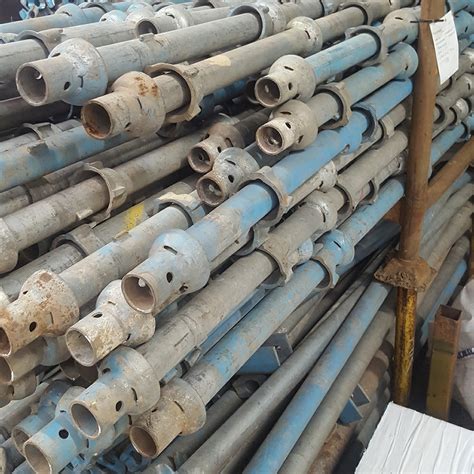
Relevant Safety Standards and Regulations
- BS EN 12810 and 12811: European standards covering facade scaffolds and performance requirements.
- OSHA 1926.451: U.S. Occupational Safety and Health Administration scaffolding standards.
- Work at Height Regulations 2005 (UK): Require scaffolding to be erected and inspected by competent persons.
- NASG Guidance Note SG4:15: UK guidance on safe erection and dismantling of cuplock scaffolding.
Role of Competent Persons in Certification
A competent person is someone with the necessary training, experience, and authority to perform scaffold inspections and certify safety. Their responsibilities include:
- Conducting thorough inspections before first use and at regular intervals.
- Identifying defects and recommending repairs or removal from service.
- Ensuring scaffolding is erected according to manufacturer and regulatory standards.
- Issuing safety certificates or "green tags" confirming scaffold safety.
Common Issues Found in Used Cuplock Scaffolding and Their Impact on Certification
- Corrosion and Rust: Excessive corrosion weakens tubes and couplers, leading to failed certification.
- Bent or Damaged Tubes: Structural integrity compromised; must be rejected.
- Worn or Loose Locking Cups: Can cause instability; require repair or replacement.
- Missing or Damaged Accessories: Base plates, guardrails, or braces must be intact.
- Improper Repairs: Non-standard welds or modifications invalidate certification.
Best Practices to Ensure Used Cuplock Scaffolding Passes Certification
- Purchase from reputable suppliers who inspect and certify used scaffolding.
- Conduct independent inspections by certified scaffold inspectors.
- Maintain detailed records of inspections, repairs, and certifications.
- Store scaffolding properly to prevent damage and corrosion.
- Train personnel in safe erection, use, and dismantling.
Conclusion
Used cuplock scaffolding can indeed be certified for safety, but only after rigorous inspection and testing to ensure it meets all applicable standards and is free from defects that could compromise structural integrity. Certification is essential to guarantee the safety of workers and compliance with regulatory requirements.
By sourcing used cuplock scaffolding from reputable suppliers, conducting inspections by competent persons, and maintaining thorough documentation, you can safely incorporate used scaffolding into your projects without sacrificing safety or performance.
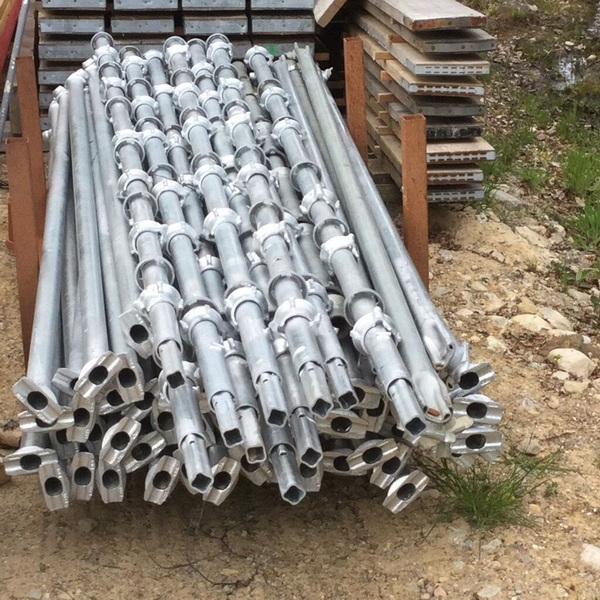
FAQ
1. Can used cuplock scaffolding be certified safe for use?
Yes, provided it passes thorough inspection and meets all relevant safety standards, used cuplock scaffolding can be certified for safe use.
2. Who can certify used cuplock scaffolding?
Certification must be performed by a competent person trained and authorized to inspect scaffolding safety according to local regulations.
3. What defects disqualify used cuplock scaffolding from certification?
Severe corrosion, bent or cracked tubes, damaged locking cups, missing components, and non-compliant repairs can prevent certification.
4. How often should used cuplock scaffolding be inspected?
Inspections should be conducted before first use, weekly during use, and after any event that could affect structural integrity (e.g., storms).
5. Are there standards specific to used scaffolding certification?
Used scaffolding must comply with the same standards as new scaffolding, such as BS EN 12810/12811, OSHA 1926.451, and local work-at-height regulations.













